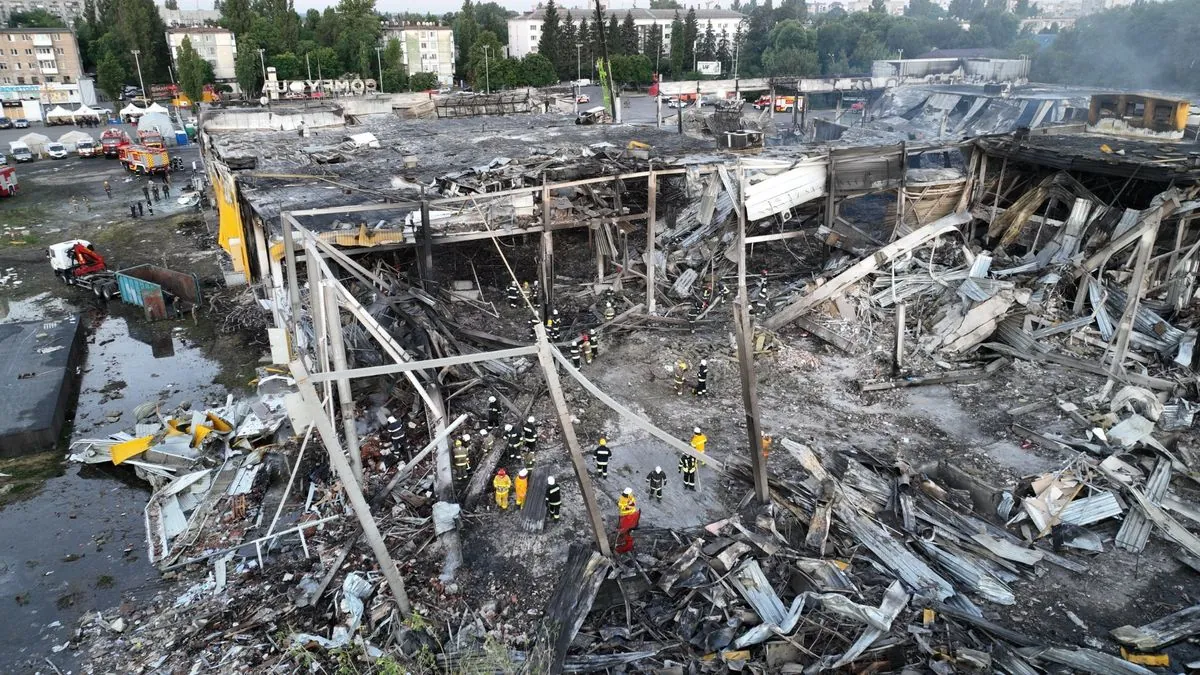In the embattled city of Kharkiv, just 40 km from the Russian border, Serhii Bolvinov stands as a tireless sentinel against the horrors of war. As head of investigations for the national police in the Kharkiv region, Bolvinov has taken on the grim task of documenting every civilian death in this corner of northeast Ukraine since the Russian invasion began in February 2022.
Bolvinov's work is as relentless as it is crucial. He and his team of nearly 1,000 officers have investigated 2,678 civilian deaths, including 93 children, caused by Russian attacks. Their meticulous efforts involve collecting physical evidence, from shrapnel to missile fragments, and building cases that they hope will one day lead to accountability for war crimes.
The toll of this work is immense. Bolvinov has sent his family away for safety, last seeing them together in January 2023. Despite the personal risk and emotional burden, he remains committed to his mission, refusing to leave his post even as his own memories of the city are overwritten by scenes of destruction.
"Every death and every destruction is our pain."
The constant threat of attack looms over Kharkiv. In August 2023 alone, air raid sirens blared for nearly 16 cumulative days. Yet, life in the city continues, with residents adapting to the new normal of plywood-covered windows and underground schools.
Bolvinov's investigations reveal the human stories behind the statistics. On August 30, 2023, a glide bomb attack on Yuryeva Park claimed the lives of two young women: 18-year-old Veronika Kozhushko, an artist and poet, and 14-year-old Sofia Hlyniana, who dreamed of becoming a psychologist. Their deaths, like so many others, are meticulously documented by Bolvinov and his team.
The work is ceaseless. Even as Bolvinov attends the funeral of a colleague killed by a drone, another air raid siren sounds, signaling the potential for more casualties and more investigations.
As the conflict continues, Bolvinov and his team persist in their mission, filling servers with terabytes of evidence. Their hope is that this painstaking documentation will someday be used to hold those responsible for these atrocities accountable, ensuring that the victims of this war are not forgotten.
